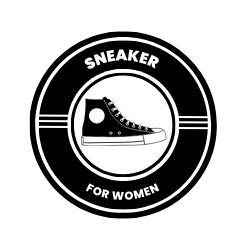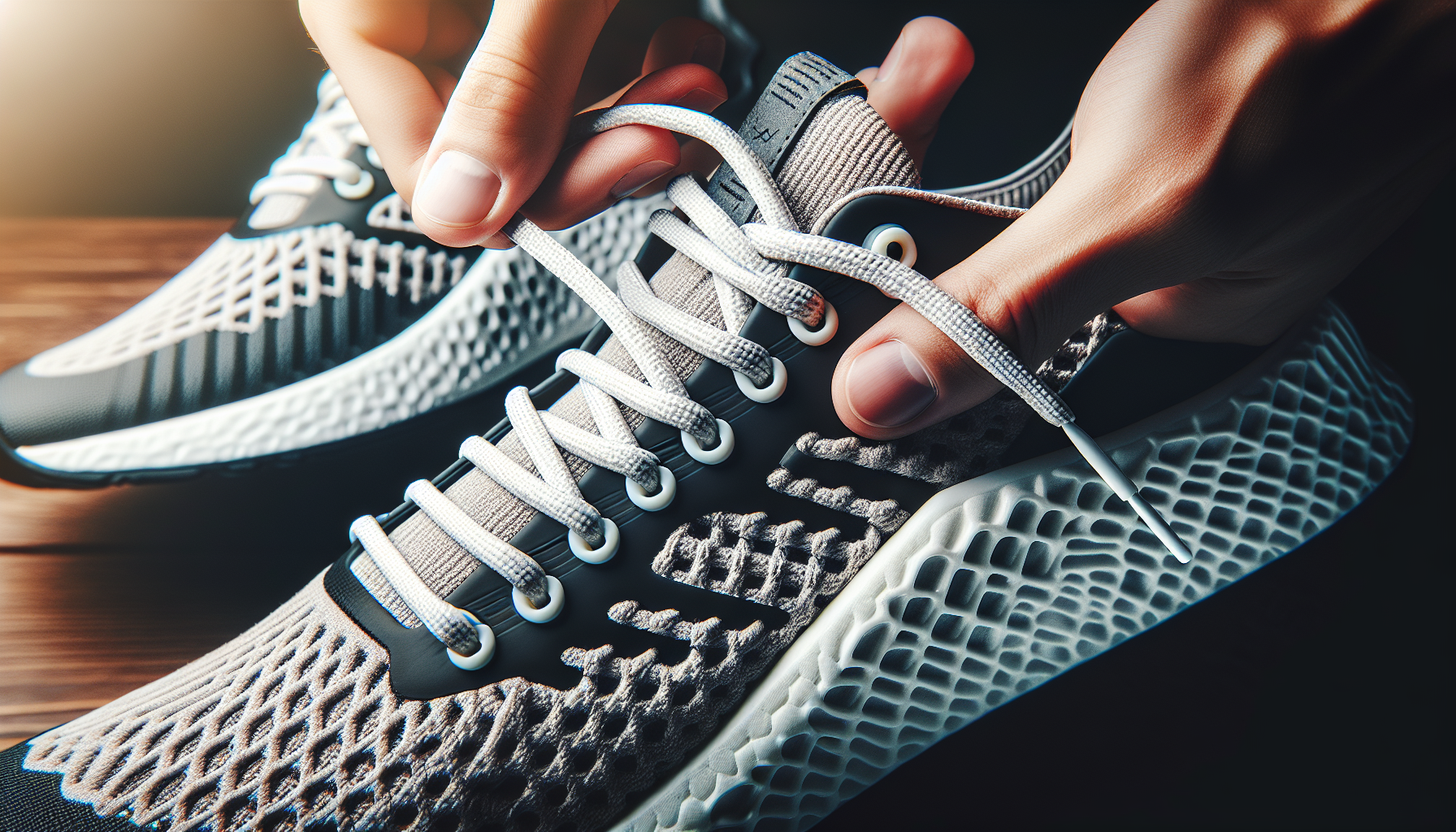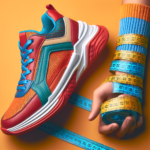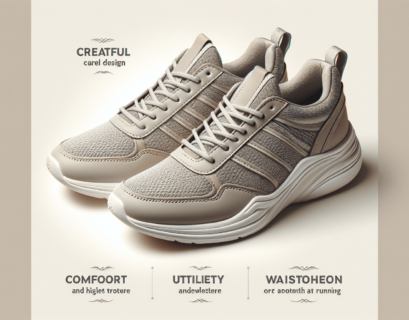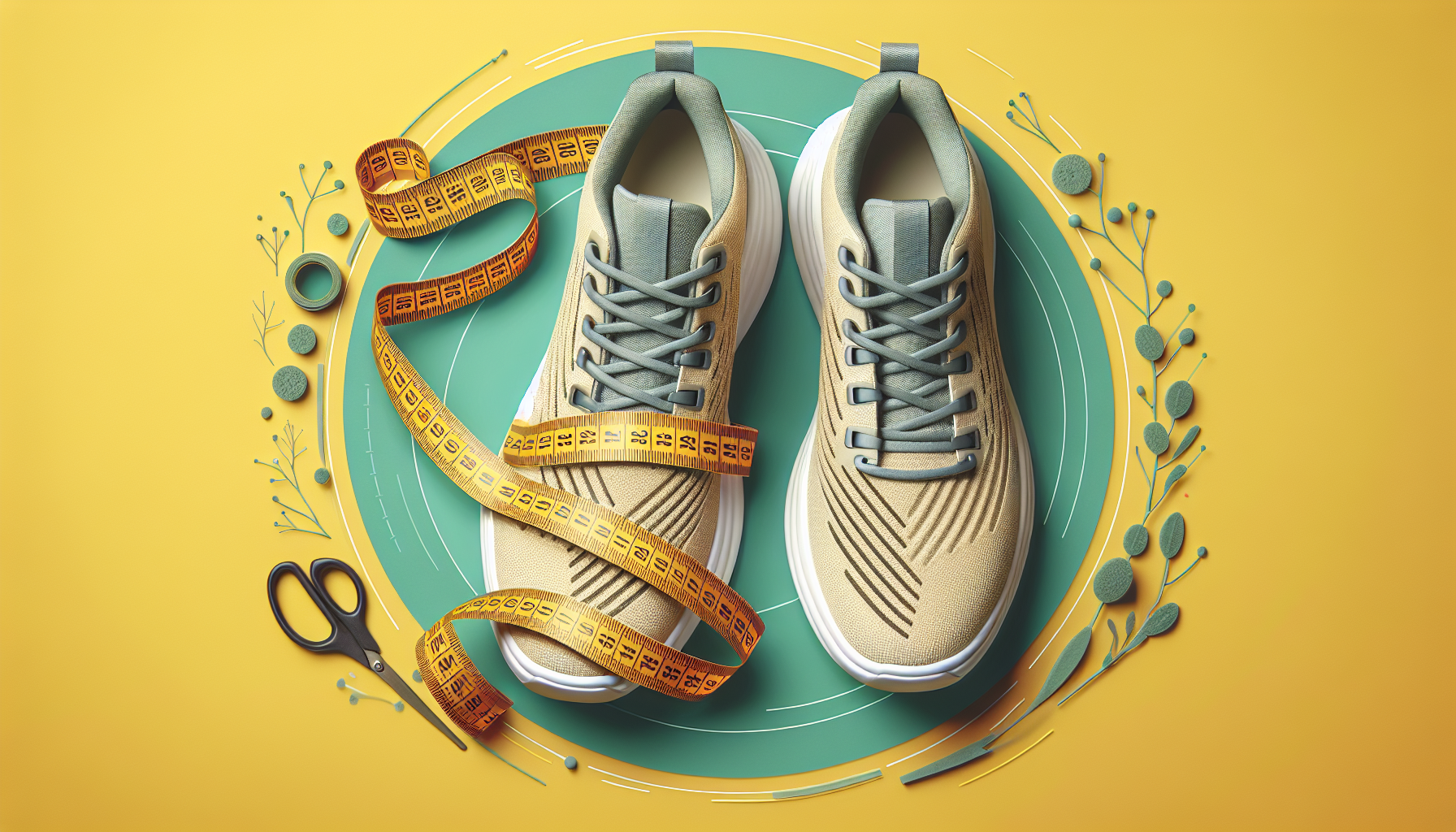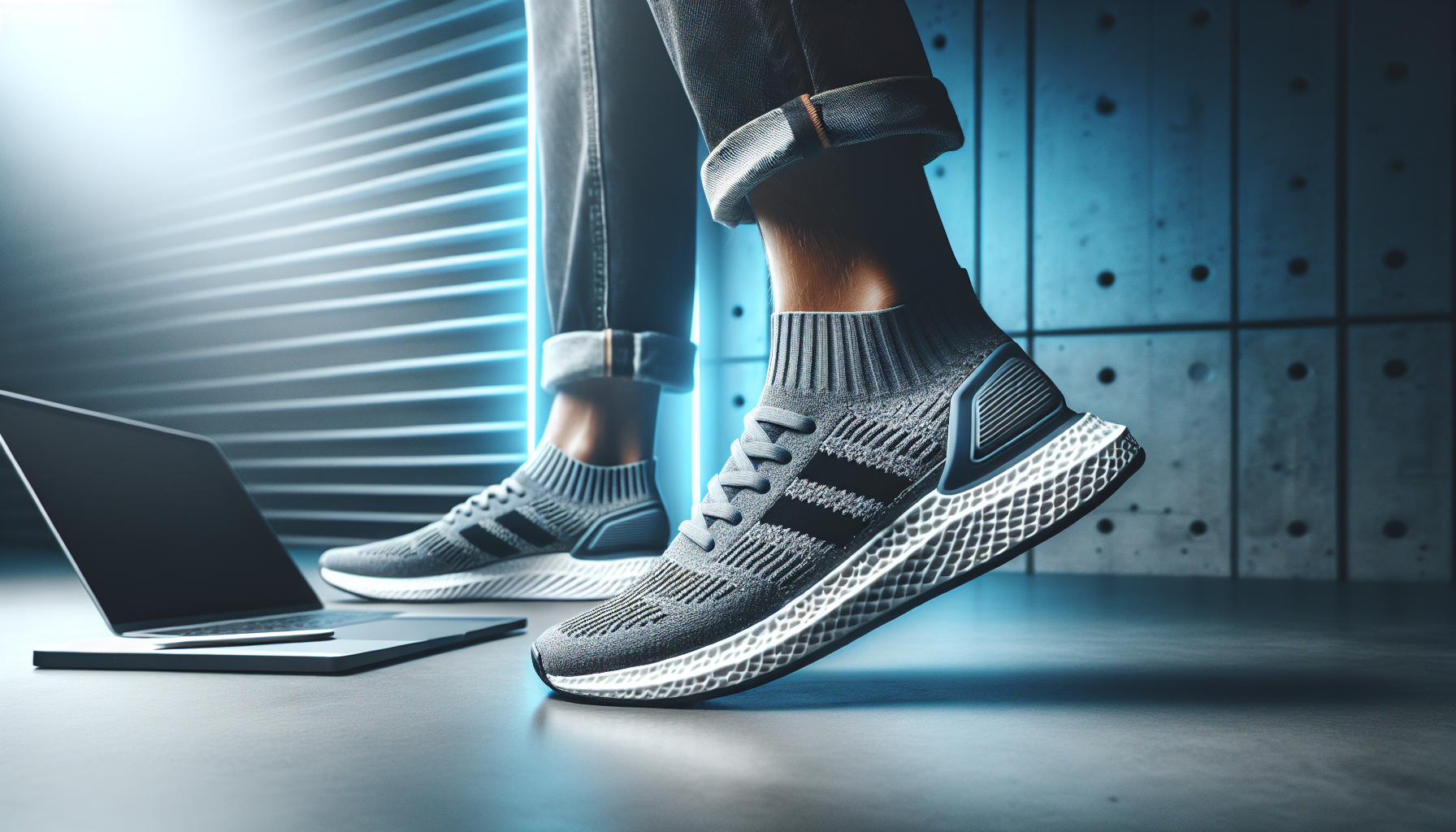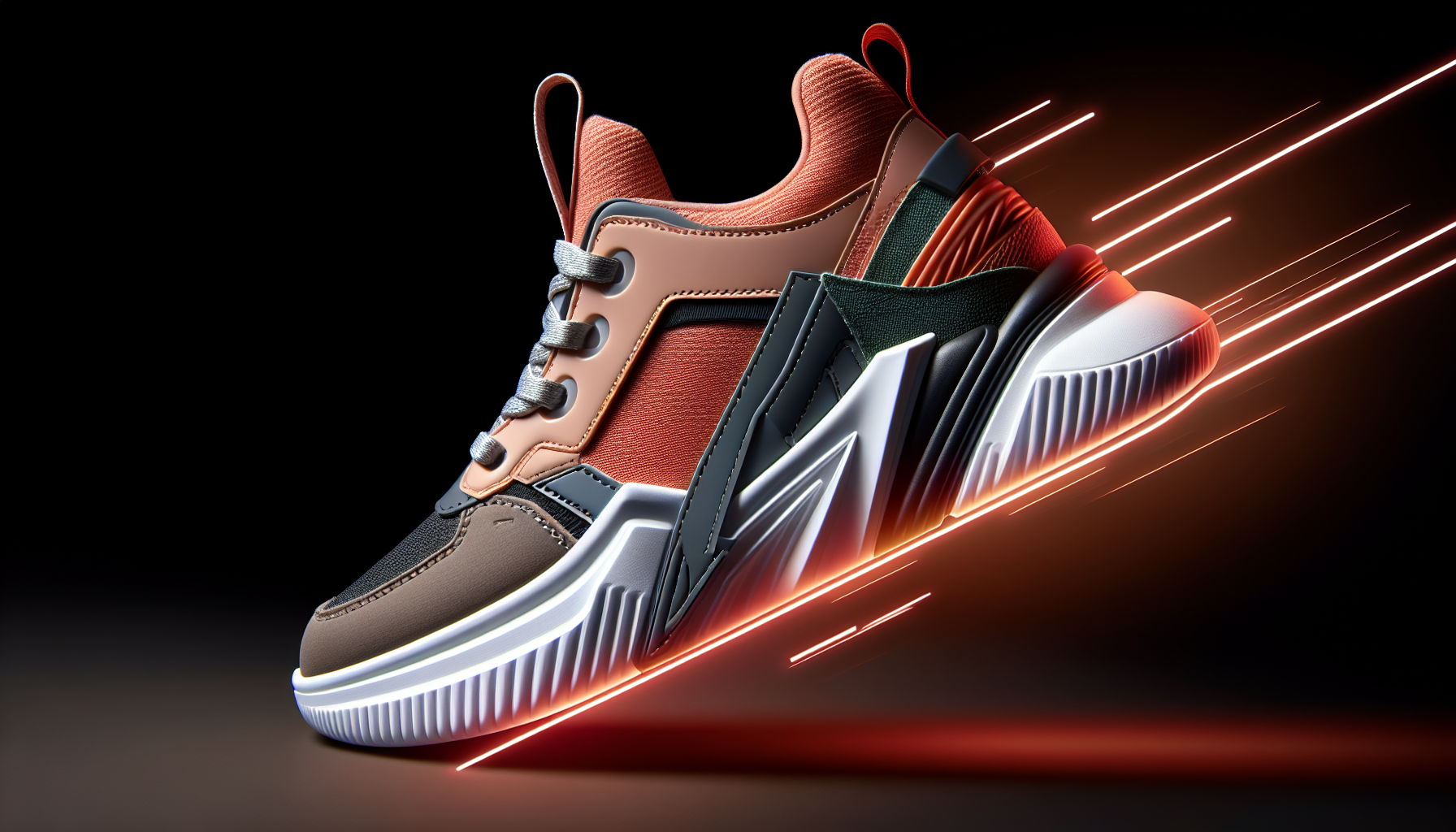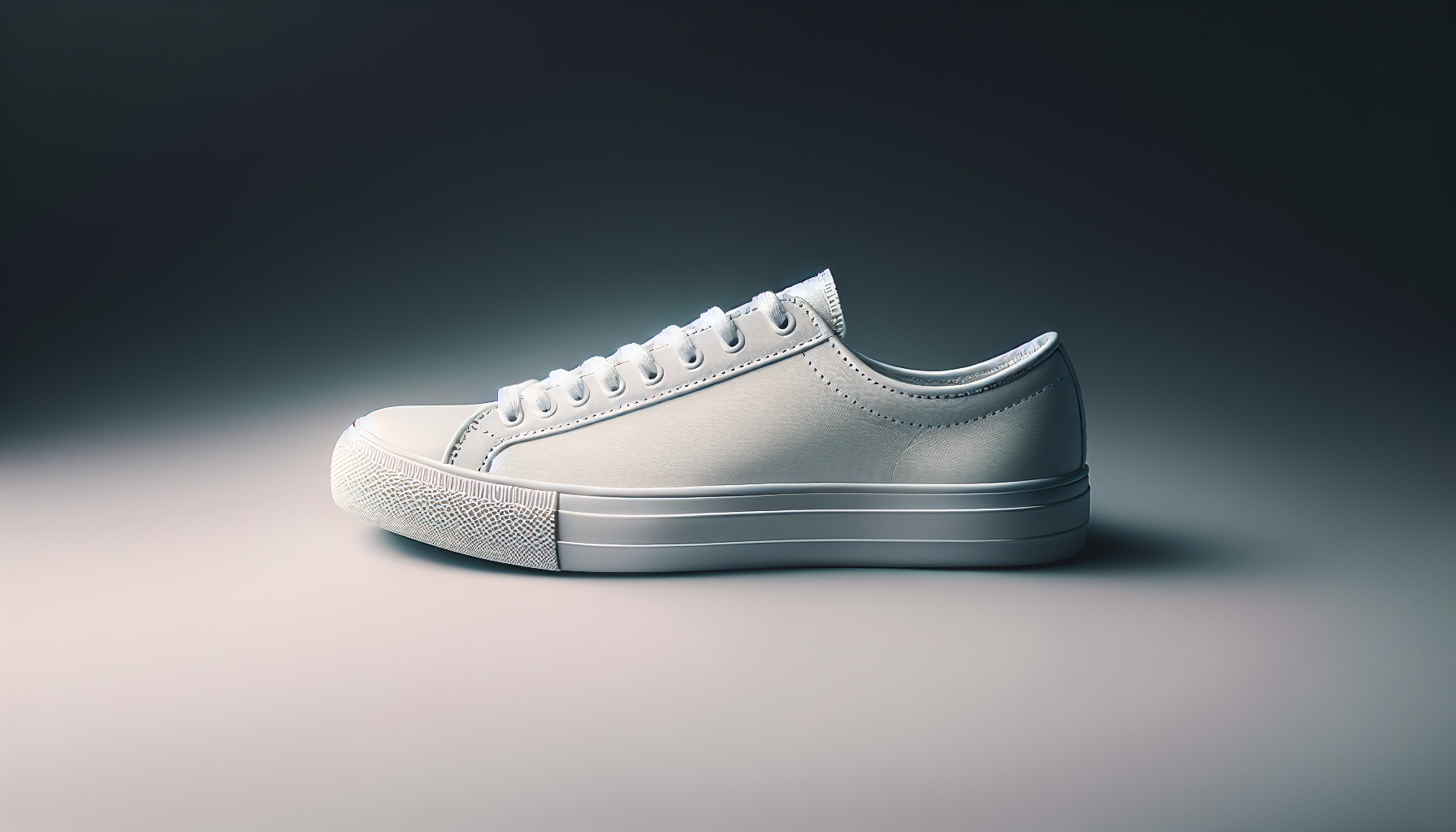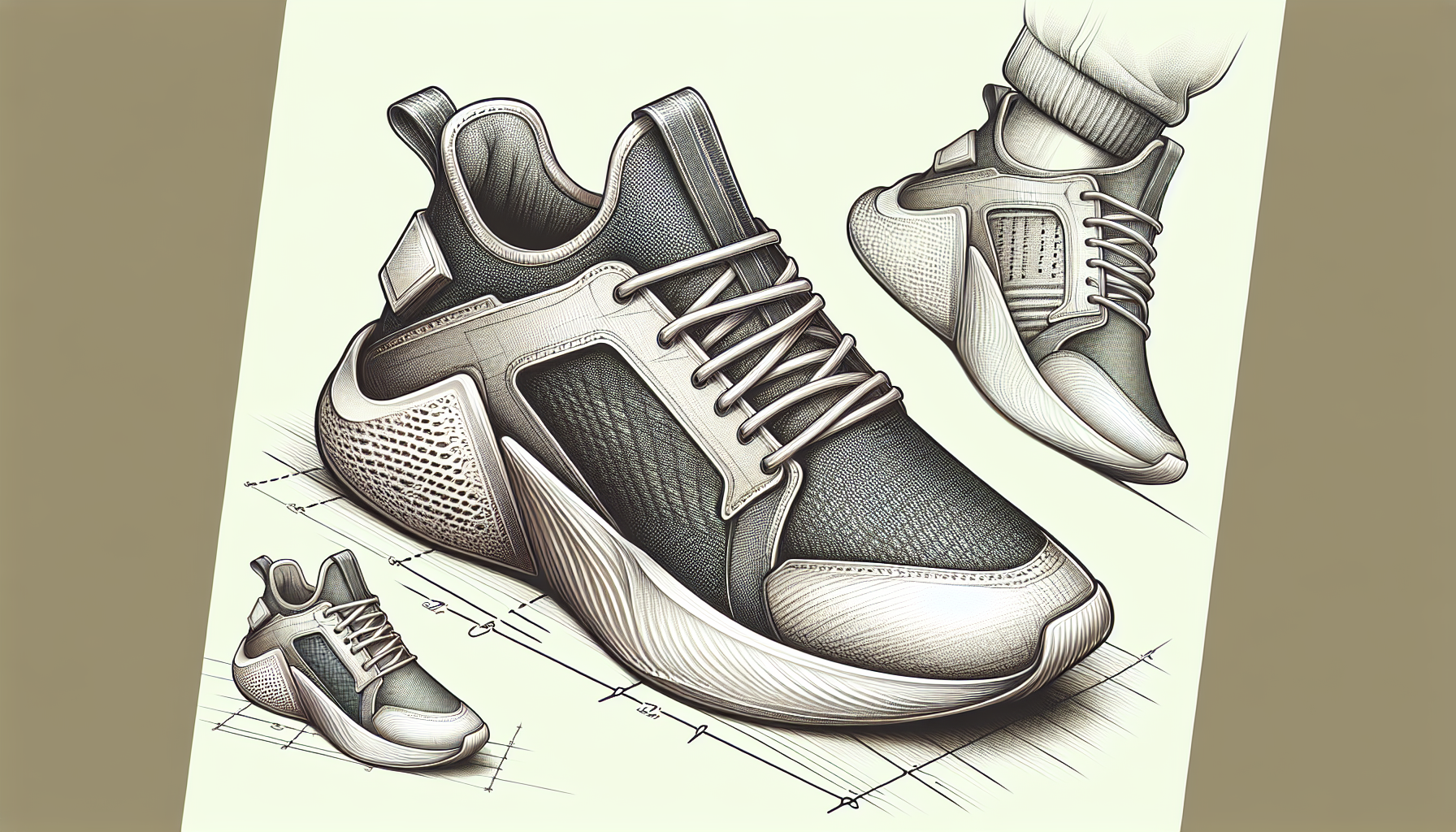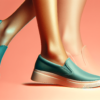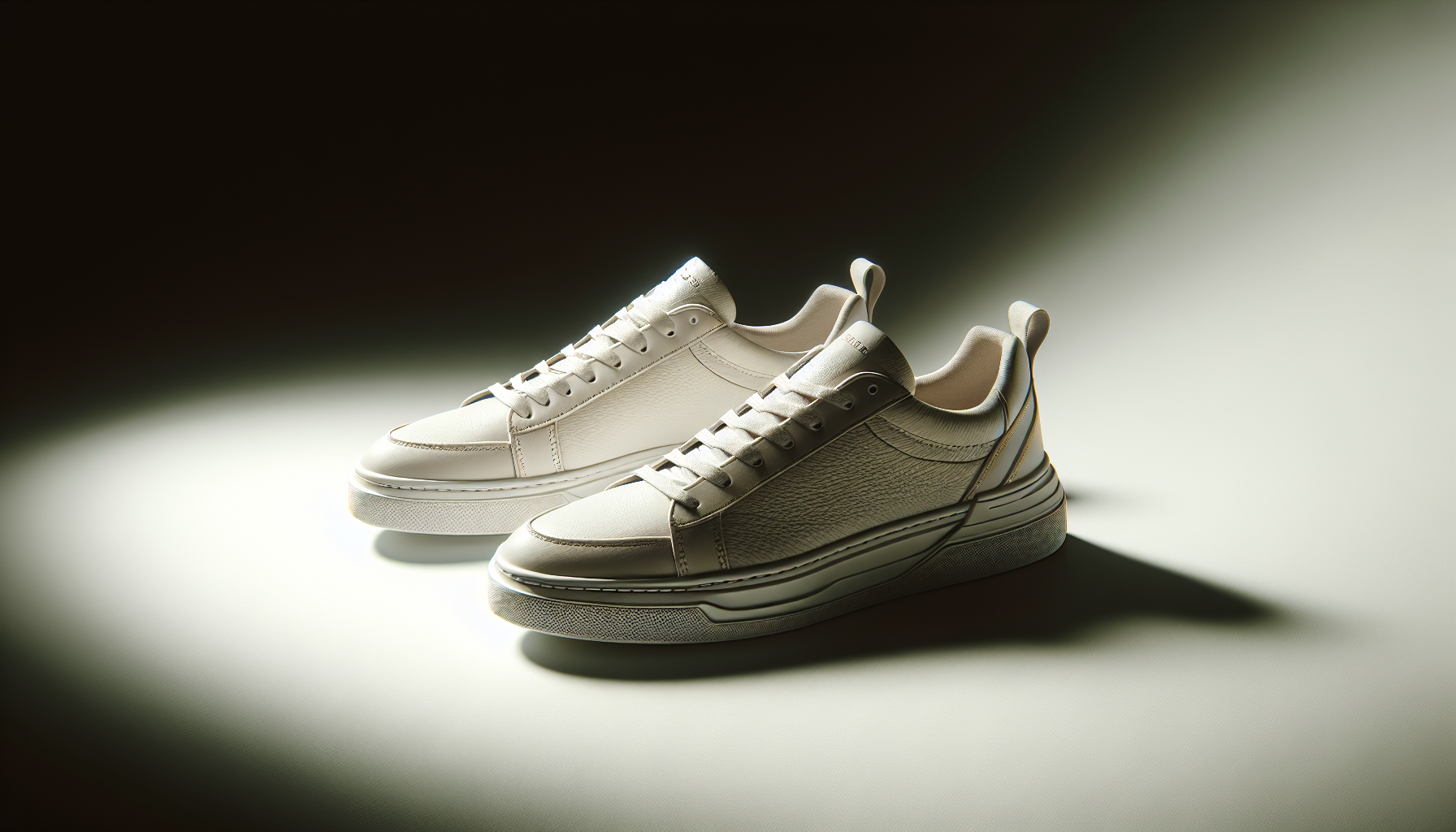Congratulations on your brand new pair of sneakers! We know how important it is to have comfortable footwear, especially when it comes to breaking in new ones. In this article, we’ll explore some of the best ways to ensure maximum comfort as you embark on your shoe journey. Whether you’re a seasoned sneakerhead or just looking for some practical tips, we’ve got you covered. Say goodbye to painful blisters and uncomfortable walks, and get ready to step into the world of your new sneakers with ease.
Understanding the Importance of Breaking in Sneakers
Why breaking in sneakers is vital for comfort
When you buy a brand-new pair of sneakers, it’s natural to be excited to wear them right away. However, it’s essential to understand the importance of breaking in your sneakers before fully embracing them. Breaking in sneakers is the process of gradually molding and adapting the shoe to the unique shape of your feet. This crucial step ensures maximum comfort and prevents aches, blisters, and other discomforts that can arise from wearing new shoes.
Effects of wearing new sneakers without breaking in
Wearing new sneakers without breaking them in can lead to various unpleasant consequences. Initially, you may experience tightness, pinching, and discomfort as the shoes have not yet adjusted to your feet. Additionally, the lack of flexibility can restrict your foot’s natural movement, making it difficult to walk or engage in activities comfortably. Ignoring the breaking-in process can also increase the risk of developing painful blisters, calluses, or even bunions. So, taking the time to break in your sneakers is not only about comfort but also your foot health and overall well-being.
Choosing the Right Sneakers
Factors to consider when buying new sneakers
Selecting the right sneakers is essential for ensuring comfort and ease during the breaking-in process. When shopping for new shoes, consider factors such as material, style, and purpose. Opt for sneakers made with breathable materials like mesh to prevent excessive sweating and reduce the risk of unpleasant odors. Additionally, choose a style that suits your needs, whether it’s running shoes for exercise or casual sneakers for everyday wear. Finally, make sure to select the correct shoe size to minimize discomfort and provide ample room for your feet to adapt.
The impact of shoe size on comfort
Wearing the correct shoe size is crucial for your comfort, both during the breaking-in phase and throughout the life of the sneakers. Ill-fitting shoes can lead to various foot problems, ranging from blisters and corns to more severe issues like ingrown toenails or metatarsalgia. Always measure your feet before purchasing new sneakers and consider factors such as width and arch support to ensure the perfect fit. Remember, when it comes to shoe size, prioritizing comfort over aesthetics is key to enjoy your new sneakers to the fullest.
Gradual Usage
Introducing sneakers to light activities first
To break in your sneakers effectively, it’s vital to start with light activities and gradually increase their usage over time. Begin by wearing your new sneakers for shorter periods during low-impact activities, such as walking or running errands. This allows your feet to adjust to the shoe’s fit and gradually softens the materials. As you feel more comfortable, gradually increase the duration and intensity of your activities. By taking this gradual approach, you give yourself time to adapt to the new footwear without putting excessive strain on your feet.
Increasing sneakers usage over time
After a few days of wearing your sneakers during light activities, you can slowly incorporate them into your regular routine. Begin wearing them for longer periods or during activities that involve more movement, such as gym workouts or hikes. By gradually increasing the usage of your sneakers, you allow the materials to flex and mold to your feet’s unique shape, ensuring optimal comfort. Remember to listen to your body and give yourself breaks if you experience any discomfort or pain. The breaking-in process should never be rushed, as it is essential for achieving maximum comfort in the long run.
Utilizing the Sock Trick
The benefits of wearing thick socks
When it comes to breaking in your sneakers, thick socks can be your best friend. Thick socks provide extra cushioning and protection, reducing friction between your feet and the shoe. This can help prevent blisters and other discomforts that can arise when wearing new shoes. Additionally, thick socks can also help fill in any extra space within the shoe, promoting a snug fit as your foot adjusts to the shoe’s shape. So, investing in a good pair of thick socks is a small yet significant step towards achieving maximum comfort during the breaking-in process.
How to use the sock trick effectively
To use the sock trick effectively, follow these simple steps:
- Put on a pair of thick socks that you would normally wear with your sneakers.
- Slip on your new sneakers while wearing the thick socks.
- Lace up the shoes securely to ensure a snug fit.
- Walk around your home or engage in light activities for approximately 20-30 minutes.
- After this initial wearing period, remove the sneakers and socks.
- Repeat this process for a few days, gradually increasing the duration of each session.
- As your sneakers start to feel more comfortable, you can transition to wearing them with thinner socks or no socks at all.
The sock trick allows the shoes to mold to your feet more quickly, enhancing the breaking-in process and providing the desired comfort you seek.
Implementing Shoe Stretchers
Types of sneaker stretchers available
Shoe stretchers are handy tools that can help expedite the breaking-in process by gently stretching the shoe’s materials. There are various types of sneaker stretchers available, each designed to target specific areas of discomfort or tightness. Some common types include adjustable shoe stretchers, which allow you to customize the stretch in different directions, and spot stretchers that focus on one specific area, such as the toe box. Additionally, there are also stretch sprays available that can be applied to the shoes before using a shoe stretcher, enhancing the stretching effect.
The efficacy of using shoe stretchers
Using shoe stretchers can be highly effective in breaking in your sneakers and providing maximum comfort. By gently stretching the materials, shoe stretchers help alleviate tightness and pressure points, allowing your feet to adjust more comfortably. They can also be particularly useful if you have specific areas of discomfort, such as tightness in the toe box or a narrow heel. However, it’s essential to use shoe stretchers cautiously and follow the instructions provided with the specific model you choose. Over-stretching can damage the shoe’s structure, so take it slow and gradually increase the stretching if necessary.
Incorporating Heat
When and how to use heat for breaking in sneakers
Heat can be a valuable tool for breaking in sneakers, but it must be used with caution. Applying heat helps soften the shoe’s materials, making them more pliable and easier to mold to your feet. However, it’s important to note that not all sneaker materials can withstand direct heat, so always check the manufacturer’s instructions before applying any heat-based techniques. Heat can be safely used on leather or synthetic materials, but avoid using it on shoes with delicate fabrics or excessive adhesives. To incorporate heat, use a hairdryer on low or medium heat and apply it evenly to the areas that need stretching, such as the heel or toe box.
Precautions while using heat
While heat can be beneficial for breaking in sneakers, it’s essential to take precautions to avoid damaging the shoes or injuring yourself. Here are some precautions to keep in mind:
- Always check the manufacturer’s instructions for your sneakers to ensure they are heat-safe.
- Use a hairdryer on low or medium heat to avoid excessive temperatures that could cause damage.
- Keep the hairdryer moving to prevent concentrated heat on one area for too long.
- Wear thick socks or use a shoe stretcher while applying heat to help the shoes mold to your feet’s shape.
- Test the heat on a small, inconspicuous area of the shoe before applying it to the entire shoe.
Remember, the goal is to gently warm the materials, not to expose them to extreme heat. As with any technique, it’s important to proceed with caution and prioritize your safety and the integrity of the sneakers.
Softening With Conditioners
Types of conditioners suitable for sneakers
Conditioning your sneakers can be a great way to soften the materials and improve their overall comfort. However, not all conditioners are suitable for sneakers, so it’s essential to choose the right product. Look for conditioners specifically designed for sneakers or those recommended by the manufacturer. Leather sneakers, in particular, benefit from moisturizing conditioners that prevent cracks and keep the leather supple. For fabric sneakers, specialized fabric conditioners or waterproofing sprays can help soften the materials and provide added protection against moisture.
How to apply conditioner on your sneakers
To apply conditioner on your sneakers effectively, follow these steps:
- Clean your sneakers thoroughly to remove dirt or debris using a soft brush or damp cloth.
- If using a moisturizing conditioner for leather sneakers, apply a small amount on a clean cloth and massage it into the leather, focusing on areas that feel stiff or tight.
- For fabric sneakers, follow the instructions provided with the fabric conditioner or waterproofing spray. Generally, spray the product evenly on the sneakers from a distance and allow it to dry completely before wearing.
- After conditioning, gently work the shoes with your hands to help the conditioner penetrate the materials and promote softening.
- Repeat this process periodically, depending on the manufacturer’s instructions or whenever you feel the sneakers need extra softening or moisture.
By regularly conditioning your sneakers, you can ensure that they remain comfortable, supple, and supportive throughout their lifespan.
Stuffing Shoes When Not in Use
How stuffing helps retain the shape of your sneakers
Stuffing your sneakers when they’re not in use is an excellent practice that helps maintain their shape and prolong their lifespan. The materials of sneakers are designed to conform to your feet, and when left unattended, they can lose their shape and become misshapen or creased. By stuffing your sneakers with appropriate materials, you create structure and support that prevents them from becoming deformed over time. Properly stuffing shoes also eliminates the risk of sagging or bending, preserving the aesthetics and overall structure of the sneakers.
Best materials for stuffing shoes
When it comes to stuffing your sneakers, there are various materials you can use to maintain their shape effectively. Some popular options include:
- Shoe trees: These are specially designed devices that mimic the natural shape of your feet and provide optimal support.
- Tissue paper: Crumpled tissue paper can help maintain the shoe’s form while also absorbing any excess moisture.
- Socks or rolled-up towels: Placing clean socks or rolled-up towels inside the sneakers provides structure and support.
- Sneaker shields: These are plastic or foam inserts that fit into the toe box area to prevent creasing and keep the shape intact.
Choose the material that suits your preference and availability to ensure your sneakers stay in great shape even when not in use.
Regular Sneaker Maintenance
Cleaning and drying your sneakers regularly
Regular maintenance plays a crucial role in preserving the comfort and quality of your sneakers. Cleaning your sneakers regularly removes dirt, grime, and odors that can accumulate over time. For fabric sneakers, gently scrub the surface using a soft-bristle brush or a cloth dampened with water and mild soap. Leather sneakers can be wiped down using a leather cleaner or a damp cloth. After cleaning, make sure to dry the shoes properly to prevent the growth of mold or bacteria. Air-drying is the best option, allowing the sneakers to dry naturally at room temperature.
The effect of maintenance on sneaker lifespan
By prioritizing regular maintenance, you can significantly extend the lifespan of your sneakers. Cleaning your sneakers prevents dirt and debris from breaking down the materials and causing premature wear and tear. Additionally, drying your sneakers properly prevents moisture and dampness that can lead to unpleasant odors or even mold growth. When you invest time and effort into maintaining your sneakers, you ensure that they not only remain comfortable but also look great and perform well for a longer period.
Avoidance of Pain and Discomfort
Signs of ill-fitted sneakers
Wearing ill-fitted sneakers can quickly turn comfort into pain and discomfort. It’s important to recognize the signs of ill-fitting sneakers early on to avoid potential foot problems. Some signs to be aware of include:
- Pinching or tightness in certain areas of the shoe, such as the toe box or the sides.
- Excessive rubbing or friction leading to blisters, calluses, or redness.
- Difficulty in moving your toes or a feeling of numbness or tingling.
- Pain or discomfort while walking or engaging in physical activities.
- Development of corns or bunions.
If you experience any of these signs, it’s crucial to reevaluate the fit of your sneakers and make necessary adjustments to restore comfort and prevent further issues.
What to do when sneakers cause pain
If your sneakers are causing you pain or discomfort even after the breaking-in process, it’s essential to address the issue promptly. Start by examining the fit of your sneakers and determine if a different size or style might be more suitable. You may also consider consulting with a footwear specialist or podiatrist for professional advice. Additionally, utilizing techniques such as stretching or using orthotic inserts can help alleviate discomfort in certain areas of the shoe. Remember, your comfort is a priority, and it’s worth exploring different options to find sneakers that provide the perfect fit for your feet.
In conclusion, breaking in your sneakers is a crucial step in ensuring maximum comfort and preventing pain or discomfort. By understanding the importance of this process, choosing the right sneakers, and implementing various techniques such as gradual usage, sock tricks, shoe stretchers, heat, conditioners, and regular maintenance, you can achieve the ideal fit and enjoy your sneakers to the fullest. Remember, comfort plays a significant role in your overall well-being, so don’t rush the breaking-in process and prioritize your foot health. With these tips in mind, you’ll be stepping out in style and comfort in no time!
